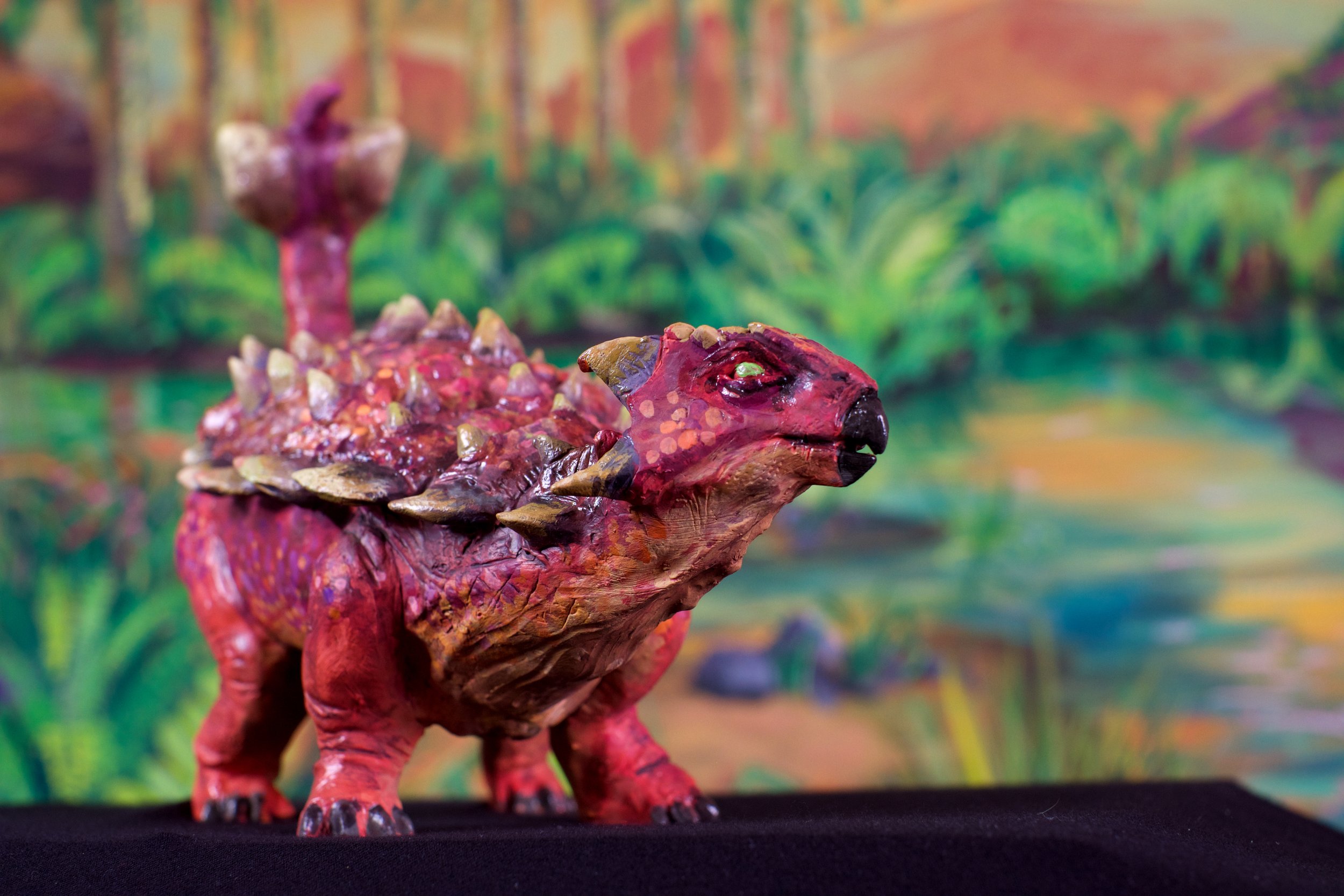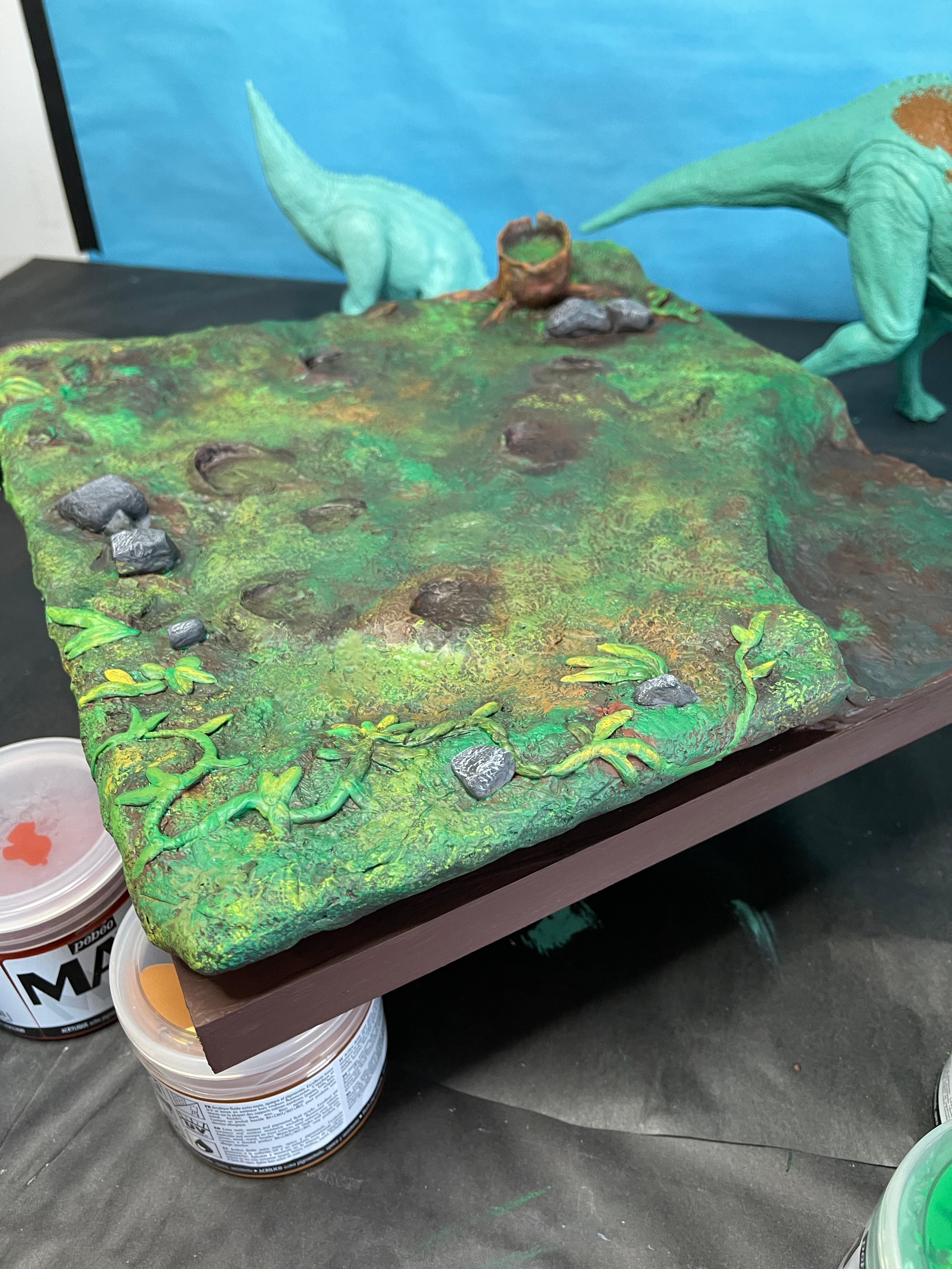Learning How to Sculpt with Dinosaurs
Reaching back into my childhood and imagination, I found the subject matter that motivated the journey of learning how to turn lumps of clay into majestic little creatures.
Learning something new.
Like many people during the pandemic, I picked up a new hobby: sculpture. With extra time on my hands—hands that happen to be very fidgety—I wanted to learn something new. I actually tried a few things, such as resin pouring but the one thing that stuck was playing with clay.
After spending time down the youtube vortex, I found Ace of Clay’s videos. His videos and approach to sculpting was very straight forward and I picked it up pretty quickly. I started with some janky little dudes. They still bring me joy.
Janky
Little
Dudes
Falling in love with this medium and wanting to improve, I moved on to some more ambitious creatures. Being that I grew up obsessed with Jurassic Park and dinosaurs (who didn’t?), I thought it would be exciting to create my own triceratops.
The excitement of holding this little object in my hand surprised and delighted me to no end. Since then, I have been challenging myself to make more complex, detailed and scientifically accurate dinosaur pieces.
Trial and Error.
A funny thing happens every time I start one of these sculpts: I completely forget how I did it before. I stare at the empty space in front of me in sheer panic. So it tends to be a rough start, and the main lesson I learned the hard way is that the armature is the most important part of the whole process.
It’s where you plan out your sculpture, start making key decisions like measuring proportions, figure out the overall pose and story of the piece. It is literally the backbone of everything. If you are trying to do something larger that needs to support the weight of a lot of clay, a strong armature is key. More times than not I’ve had to cut a head off to shorten a neck, or completely start from scratch because I screwed up the armature.
In the example above, I was working on a Utah Raptor. Initially I wanted to try and create an open mouth pose, however I realized that the anatomy of the head was wrong from the get go, and looked ridiculous. I went ahead and chopped off his head, but rewarded him with a dope mohawk, so he didn’t mind. I also ended up ripping the arms out and redoing them, after watching a video about raptor anatomy.
What a pain in the dino-butt.
Making a scene.
After creating a few figures, I wanted to incorporate more storytelling into my sculptures. It was my first stab at creating a diorama, ever – not sure if I ever made one as a kid or simply don’t remember but I had a lot of fun. I wanted to make sure I planned this piece out properly, instead of flying by the seat of my pants as per usual.
I decided on creating a mother & child scene from 75 million years ago, something universal, that communicated a sense of nurturing, curiosity and a little bit of danger.
I chose the Corythosaurus for this project, a type of hadrosaur with a nifty crest on it’s head and all along its spine. I chose it because since I was making two of them I wanted something a little easier to sculpt – a creature on four legs instead of two.
I built the base out of a wood panel and some scraps, and bits of foil to create the tree stump, everything on top of it is polymer clay. The trickiest part of this build was the pond. It’s made from poured resin which was simple enough but trying to get it look like it had invisible walls took a bit of doing.
Beginning to end.
The next phase.
Mold making. I really want to share these works with people and be able to sell them, take on commissions, etc. But in all honesty, these polymer clay pieces are on the fragile side, and the thought of selling something supremely breakable to a client is unacceptable.
That being said, the next phase in this journey is all about learning to make a mold, so I can make strong durable replicas that I can sell at a reasonable price.
My first stab at creating a dinosaur I can mold is in progress, meet Kosmoceratops.











































